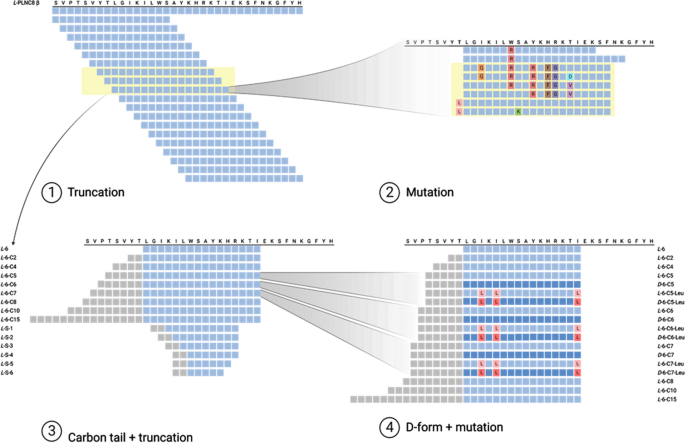2023-04-19 アリゾナ大学
研究者たちは、Hsp90がオピオイド受容体の活性化と疼痛緩和における役割を支持する基本的なメカニズムの一つについての洞察を提供する新しい研究を行い、AMPKというタンパク質とオピオイド療法による疼痛緩和の関係を明らかにした。Hsp90阻害剤薬物を使用することにより、AMPKによるオピオイドによる疼痛緩和抑制を解除し、オピオイドの効果性を向上させ、低用量化が可能になることが示された。
<関連情報>
- https://news.arizona.edu/story/researchers-unlock-new-answers-quest-safer-more-effective-opioid-therapy
- https://healthsciences.arizona.edu/newsroom/news-releases/0423/uarizona-health-sciences-researchers-unlocking-new-answers-quest-safer
- https://www.science.org/doi/10.1126/scisignal.ade2438
マウス脊髄におけるHSP90阻害は、AMPKを介した負のフィードバックループを抑制することでオピオイドシグナルを増強する HSP90 inhibition in the mouse spinal cord enhances opioid signaling by suppressing an AMPK-mediated negative feedback loop
Katherin A. Gabriel and John M. Streicher
Science Signaling Published:11 Apr 2023
DOI:https://doi.org/10.1126/scisignal.ade2438

Opioids self-regulate
Opioids are effective for acute pain management, but tolerance can lead to greater use that has adverse side effects. Gabriel and Streicher found that opioids activate a self-limiting pathway that can be disabled to enhance their efficacy. In the mouse spinal cord, opioids activated the kinases ERK and AMPK; but whereas ERK promoted opioid efficacy against painful stimuli in mice, AMPK reduced it by inhibiting ERK. Blocking AMPK or the chaperone protein HSP90 (which stabilized AMPK) reduced pain sensitivity in opioid-treated mice, suggesting ways that opioid efficacy in patients might be improved. —LKF
Abstract
Opioids and other agonists of the μ-opioid receptor are effective at managing acute pain, but their chronic use can lead to tolerance that limits their efficacy. We previously reported that inhibiting the chaperone protein HSP90 in the spinal cords of mice promotes the antinociceptive effects of opioids in a manner that involved increased activation of the kinase ERK. Here, we found that the underlying mechanism involves the relief of a negative feedback loop mediated by the kinase AMPK. Intrathecal treatment of male and female mice with the HSP90 inhibitor 17-AAG decreased the abundance of the β1 subunit of AMPK in the spinal cord. The antinociceptive effects of 17-AAG with morphine were suppressed by intrathecal administration of AMPK activators and enhanced by an AMPK inhibitor. Opioid treatment increased the abundance of phosphorylated AMPK in the dorsal horn of the spinal cord, where it colocalized with a neuronal marker and the neuropeptide CGRP. Knocking down AMPK in CGRP-positive neurons enhanced the antinociceptive effects of morphine and demonstrated that AMPK mediated the signal transduction between HSP90 inhibition and ERK activation. These data suggest that AMPK mediates an opioid-induced negative feedback loop in CGRP neurons of the spinal cord and that this loop can be disabled by HSP90 inhibition to enhance the efficacy of opioids.


